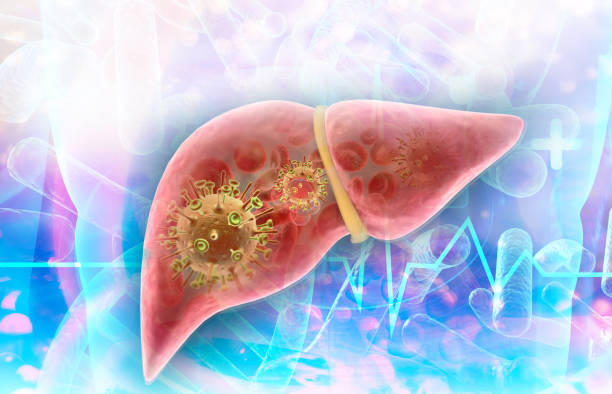To diagnose MOG antibody disease, a doctor must first establish certain criteria. These criteria include optic neuritis, transverse myelitis, a lesion in the brainstem, and objective confirmation of a demyelinating disease. This lesion must also be longitudinally extensive in the spinal cord and optic nerve.
What causes MOG disease?
MOG is a type of demyelinating disease that affects the white matter and myelin sheath in the central nervous system. It causes neurological problems such as weakness, vision loss, and difficulty coordinating voluntary muscle movements. Symptoms can vary, depending on the person’s immune system and the severity of their condition. Children may have only mild symptoms, while adults may have more severe symptoms.
The disease is rare and is caused by antibodies to a protein that is produced by oligodendrocytes in the central nervous system. The protein is present on the surface membranes of these cells and plays a key role in the formation of myelin sheaths. It is also found in the brain and spinal cord.
What are MOG disease symptoms?
The symptoms of MOG disease vary based on the type of nervous system affected. If the condition is associated with the brain, children may show symptoms of autoimmune encephalitis, including seizures and decreased alertness. Other symptoms may include numbness and weakness. Vision changes and pain around the eyes are also common. Transverse myelitis can also cause changes in walking, bowel/blady function, and strength.
Treatments for this disorder are specific to each case. If the symptoms are severe, doctors may prescribe intravenous immunoglobulin or plasma exchange therapy. They may also monitor the patient’s levels of MOG antibodies. Although the symptoms of MOGAD can be severe, most people can recover from the condition. The best way to manage the disease is to seek medical advice early. However, if the disease is not curable, the condition may cause residual disability, which can impact a person’s quality of life.
Is MOG disease progressive?
In the literature, there is no clear consensus on the question of whether MOG disease is progressive. It is characterized by sudden weakness and can occur in both children and adults. It is often associated with optic neuritis, transverse myelitis, and ADEM. About 83 percent of patients with MOG disease will experience relapses, which may include the same symptoms or new ones. Scientists are working to discover why this happens, and how to better treat patients with MOG disease.
Although most patients with MOG disease have a single attack, the condition can also be multiphasic, which may affect more than one nerve. While most patients with MOG antibody disease must take immunosuppressive medications for the remainder of their lives, the condition is not necessarily progressive. The disease can also be monophasic, meaning that it occurs only once in a child. In the latter case, the patient will require immunosuppressive medications for life.
Is MOG disease the same as MS?
An increasing number of studies have shown that a portion of patients with MOG antibody disease (MOGAD) have initial phenotypes suggestive of MS. These early misdiagnoses were attributed to lesions with MS-like shape and OCB positivity. However, the final diagnosis was based on MOG antibody seropositivity in the serum and recurrent myelitis in the conus medullaris.
In addition to this, recent studies have shown that antibodies against MOG play a role in the pathophysiology of MS. This antibody response has been observed in the early and late stages of the disease, as well as in active lesions. In addition, patients with high anti-MOG antibodies are more likely to relapse than those with low levels. Further, anti-MOG antibodies are predictive of clinically definite MS in patients with a clinically isolated syndrome.
Is MOG antibody disease fatal?
Although the exact cause of MOG antibody disease is not yet clear, it is generally thought to be autoimmune. Patients with the disease tend to have an elevated serum level of the antibodies, which are produced in the brain. This leads to a variety of symptoms. Symptoms in children may include encephalopathy and seizures.
MOG antibody disease affects the nervous system by causing the myelin sheath to fall off, which is essential to nerve function. When this happens, messages cannot properly pass along the nerve. Depending on the extent of the disease, a person may experience mild to severe neurological symptoms. Some children may suffer from acute disseminated encephalomyelitis, while others may only experience optic neuritis.



